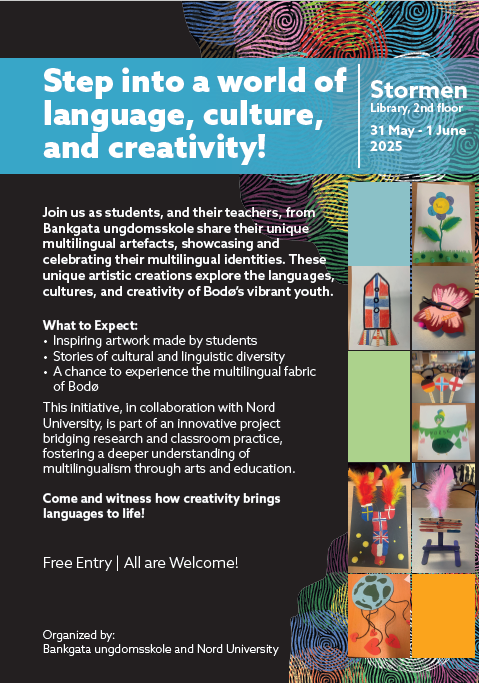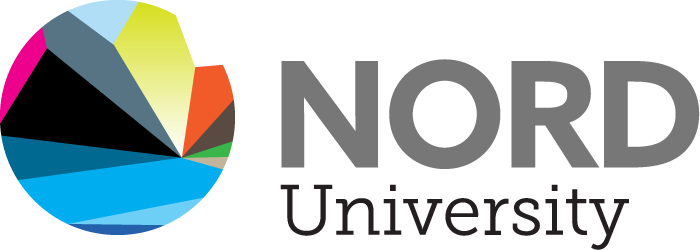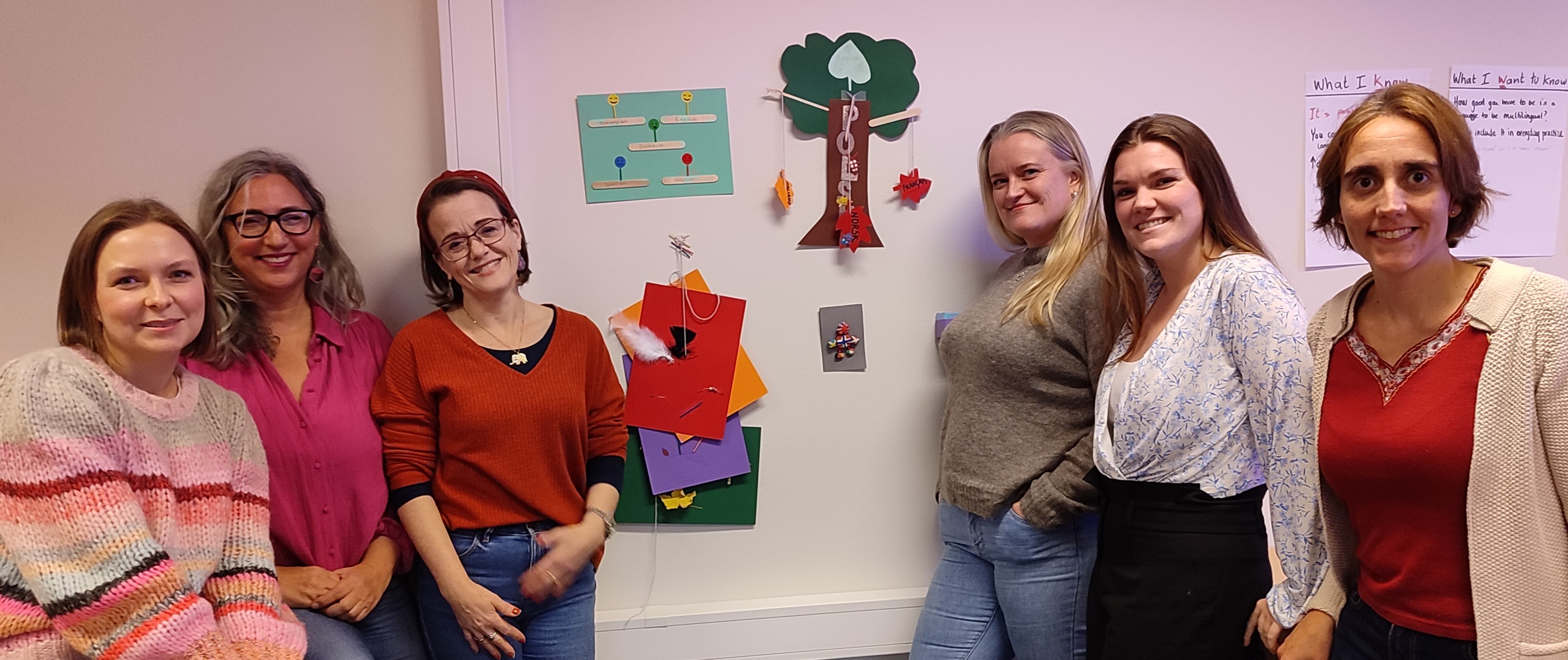
Nord University and Bankgata ungdomsskole (lower secondary school) in Bodø collaborated on a project that explored teenagers’ multilingualism through aesthetic arts-based approaches. This University Schools project had three main objectives:
- encourage children to reflect on their languages and see themselves and their peers as multilingual
- create an object that encapsulates and serves as a springboard for the children’s reflections on their multilingualism
- investigate pedagogical applications of the artefacts to encourage teacher-student dialogue between languages
This project, Visual and aesthetic processes in exploring multilingualism through DLCs (Dominant Language Constellations): Bridging teacher education and classroom practice, received seed funding and included 3 teachers and pupils from Bankgata skole: Grade 9 French class with their teacher, Aleksandra Kalinowska; Grade 8 Spanish class with Rebeca Barbero and Grade 8 Art class with Bente Pettersen; one student teacher from the English class in the Masters in Primary and Secondary Education at Nord University, Vikki Helle Augestad, who is a practicing teacher in the Oslo area and is conducting her own DLC research across primary and secondary grades. Both teachers and students created their artefacts based on the concept of Dominant Language Constellations (DLC), which conceptualizes multilingualism as a complex phenomenon. The DLC artefacts engaged teachers and pupils in a creative, experiential and reflective process in identifying as multilingual.
This project included a pedagogical and research component. It started with a workshop for teachers where they explored multilingualism and identity through creative methods and created their own artefacts (see header image above).
The teachers then implemented this approach with their pupils during a 2-hour session, where the pupils created their artefacts (see below some examples of students’ artefacts).
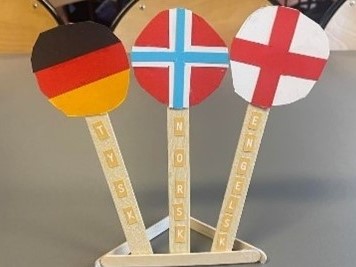

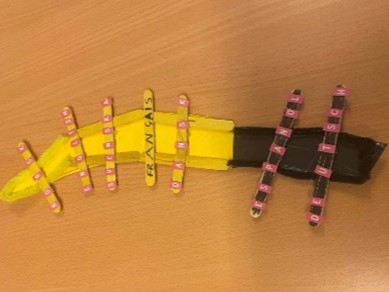
After that, the pupils were interviewed by student teachers from the English university course. These student teachers engaged with the interview data they collected and reflected on the qualitative research process. We identified 25 different languages across the three classes in Bodø! Pupils’ comments attest to a discovery or an acknowledgement of a multilingual identity.
The Nord Universitetsforum, an internal online event, gave the teachers and the student teachers the opportunity to disseminate the findings of the research project. They presented their findings based on the three-part framework for analysing not only the final product, the artefact, but also the creative process: conceptualising, selecting materials and crafting the artefact, followed by students’ oral and written reflections (Ibrahim, forthcoming).
Vikki, the student teacher involved in the project, also presented her initial findings with Grade 1 and 4 classes, where she identified 32 languages!
This incredible linguistic diversity in the three classes is a mirror to the rather understated diversity of Bodø. Therefore, it was important to bring this project to the community. Displaying the pupil’s DLCs more publicly can raise awareness of multilingualism in the school and enhance understanding of the reality of linguistic and cultural diversity in a small arctic town. The DLCs, displayed in Stormen Library, made this diversity visible in an artistic, pupil-friendly manner, and filled the pupils with pride!
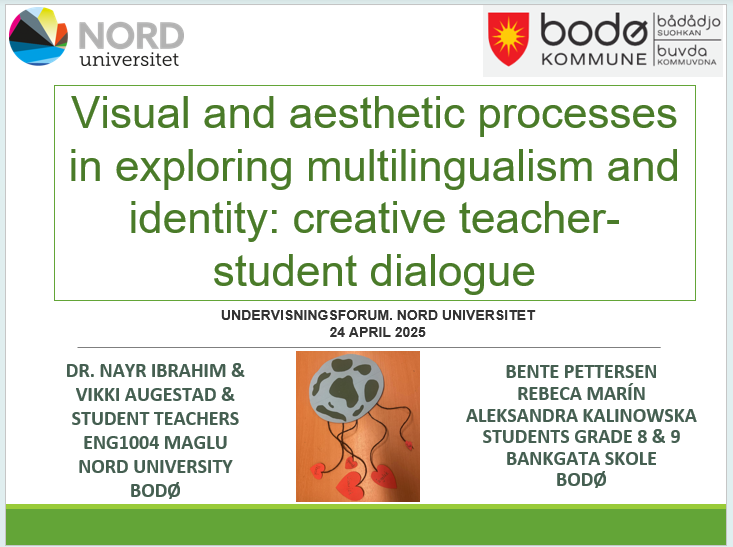

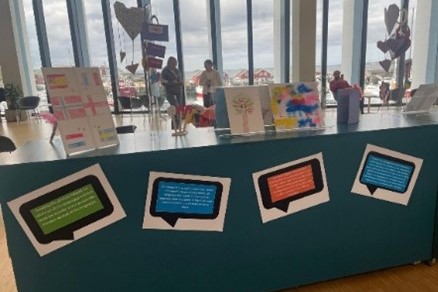
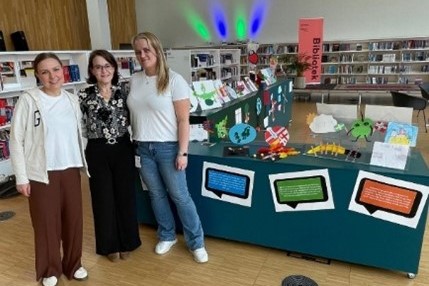

This project shows us once again that multilingualism is not a novelty, an exception, an anomaly. It is an accepted way of being, thinking and feeling. Multilingualism is a mundane, yet remarkable way of life, the breath of a culturally and linguistically rich existence, lived deeply on the edges of multiple realities and through a plethora of sounds, scents and tastes. It is a way of life worth uncovering, nurturing and celebrating. As one pupil says, ‘When I made this figure, I saw that the languages I know have a very big role in my identity.’
